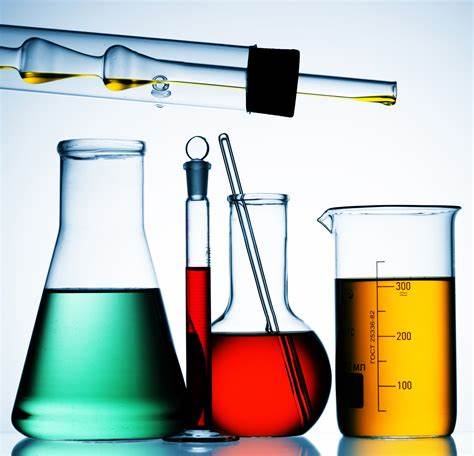Residual solvents, also known as residual organic solvents or solvent residues, are small amounts of organic solvents that remain in pharmaceutical products, active pharmaceutical ingredients (APIs), or excipients after manufacturing.
Sources:
1. Synthesis of APIs
2. Purification processes
3. Formulation and manufacturing
4. Cleaning and maintenance
Types:
1. Class 1: Known human carcinogens (e.g., benzene, carbon tetrachloride)
2. Class 2: Non-carcinogenic, but potentially toxic (e.g., acetone, ethyl acetate)
3. Class 3: Low-toxicity solvents (e.g., ethanol, isopropanol)
Regulations:
1. ICH Q3C(R6): “Guideline for Residual Solvents”
2. FDA Guidance: “Residual Solvents in Drug Products”
3. EU GMP Annex 15: “Qualification and Validation”
4. USP <467>: “Residual Solvents”
Limits:
1. Class 1: Not detectable
2. Class 2: 10-50 ppm (depending on solvent)
3. Class 3: 50-5000 ppm (depending on solvent)
Analytical Methods:
1. Gas chromatography (GC)
2. Headspace GC
3. Liquid chromatography-mass spectrometry (LC-MS)
Impact on Product Quality:
1. Affect product stability
2. Influence bioavailability
3. Pose toxicological risks
Mitigation Strategies:
1. Optimize synthesis and purification processes
2. Use alternative solvents
3. Implement effective cleaning procedures
4. Monitor residual solvent levels
Residual solvents are a critical aspect of pharmaceutical quality control.
Key Takeaways:
1. Residual solvents are unwanted solvent residues in pharmaceuticals.
2. ICH Q3C(R6) and regulatory guidelines set limits.
3. Analytical methods detect residual solvents.
4. Mitigation strategies minimize solvent residues.
